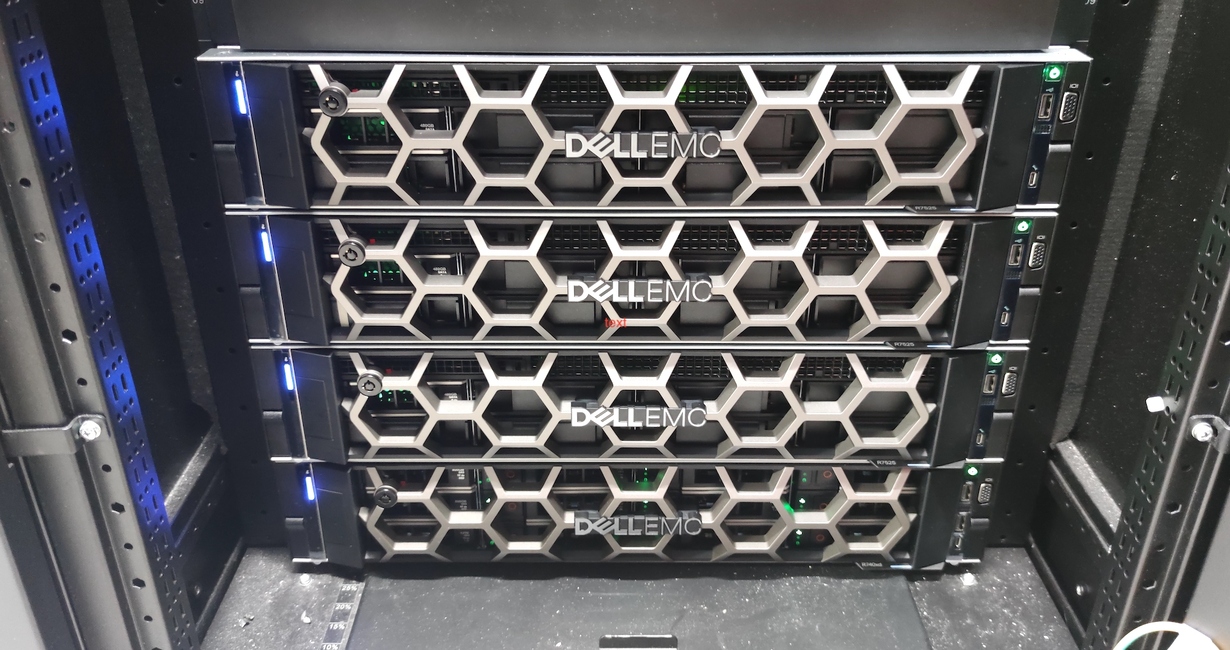A new high-performance computing cluster to boost bioinformatics at the Josep Carreras Leukaemia Research Institute
The new hardware will serve the computational biology research groups as well as the Bioinformatics Unit, which supports researchers in analyzing huge sets of biological data. The speed and power of the equipment will optimize resources and improve the consistency of research results.

384 working CPUs, 12 login CPUs, 3 Terabytes of RAM and 1 Petabyte (1000 Tb) dedicated to data storage; roughly the equivalent of 50 home computers, each with 20 hard drives, working at once and connected to an ultra-fast network running at 100 Gigabytes per second. These are the mind-blowing figures of the new high-performance computing (HPC) cluster that has just been installed at the headquarters of the Josep Carreras Leukaemia Research Institute.
The new hardware will organize and centralize all the bioinformatics activity of the institute, multiplying the power of the individual equipment used until now, and reducing potentially conflicting elements, such as the use of different operating environments and software. Thus, the new equipment offers a high-quality high-performance environment and set of advanced tools to all the computer research produced in the center.
Fran Contreras, technician of the IT Unit led by Marc Jubany, confirms that the new equipment is a great improvement as "the Institute did not have its own computer system, and used external services of the CSUC or the BSC-CNS". Contreras, who has worked side by side with David Galligani and Diana Gallardo in the installation of this equipment, adds that “although the new hardware cannot match to the great supercomputing services mentioned before, few research centers have their own exclusive cluster”. The IT Unit will act as the HPC Services Manager and will be responsible for maintaining and constantly updating the equipment.
Despite being a homogeneous shared resource, care has been taken to make it completely customizable and adaptable to every need, allowing the user to optimize resources and to work in parallel, that is, on several tasks at once. Izar de Villasante, technician of the Bioinformatics Unit, explains that the HPC cluster "will be used for everything that involves intensive use of RAM, as well as big data genomic studies, working with files larger than 10 Terabytes".
Villasante knows the system well and the Bioinformatics Unit, led by Dr. Angelika Merkel, will advise research groups on how to best access the cluster and work on it with experimental data, which continues to grow due to the use of new mass sequencing technologies. These methods offer an unprecedented degree of accuracy in the study of cancer and allow researchers open the door to new therapeutic approaches against leukemia and other oncological processes.
Nowadays, bioinformatic tools are essential to understand what is happening inside a cancer cell, and the new high-performance computing cluster of the Josep Carreras Leukaemia Research Institute will give an incredible boost to research, for the benefit of all patients.